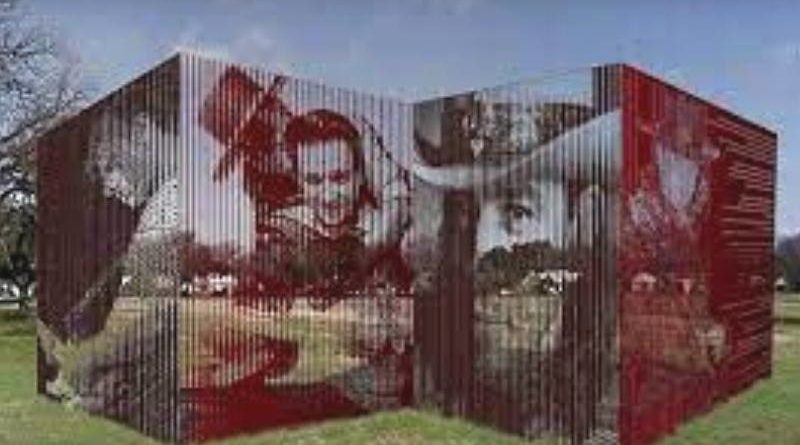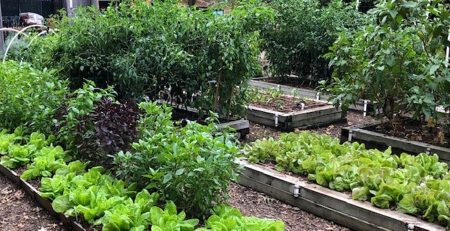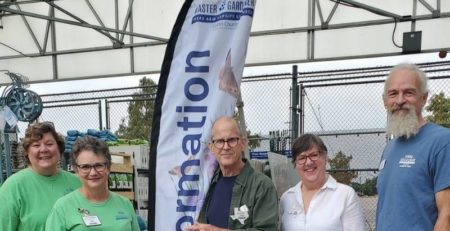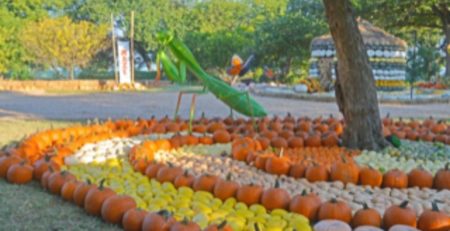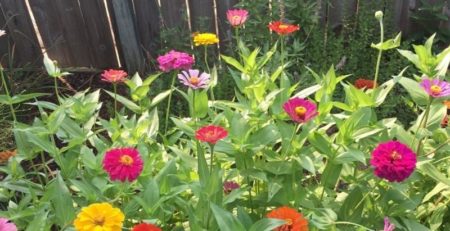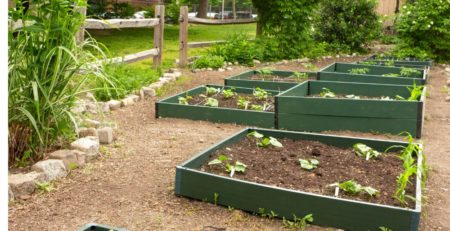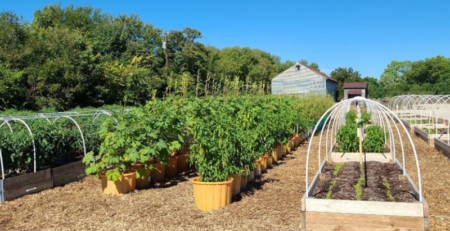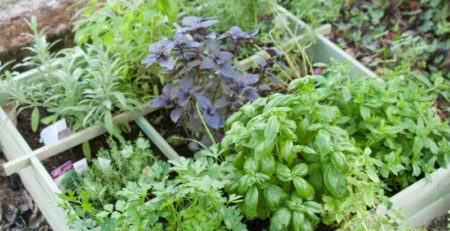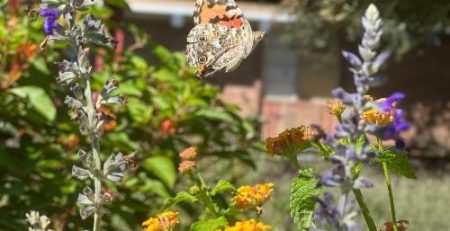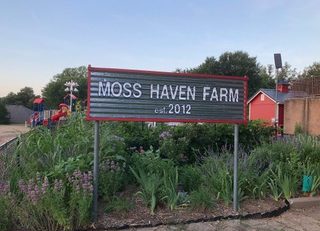Kiest Park in Oak Cliff
Kiest Park, located at 2324 West Kiest Blvd, is a historically important park and community gathering spot located in the heart of Oak Cliff. The park is one of four in which Dallas County Master Gardeners (DCMGs) partner with the Friends of Oak Cliff Parks (FOCP) to restore and maintain the gardens.
Kiest Park was created in 1931when Edwin J. Kiest, publisher of the Dallas Times Herald, donated 247 acres of land to the City of Dallas in memory of his wife, Elizabeth Kiest, who had died in 1917. It includes two acres of formal gardens. During the Depression, the Works Progress Administration (WPA) built a series of stone structures including: a pavilion, a field house, a pergola, and a 350-foot water rill (a small brook lined with stone).
By the 1950s, Kiest Park had become a popular location for teenagers cruising in the style of American Graffiti. A playground, tennis courts, and ball fields were added to the park at this time.
In the early 1970s, many residents in the Kiest Park area fled when school desegregation was mandated by the courts. Neighborhoods fell into decline and the community was ignored by city leaders. By 1990, some residents wanted to secede from Dallas, but others wanted to remain and fight for equitable distribution of city resources. Today some parts of Oak Cliff are gentrifying, while other neighborhoods continue to struggle.
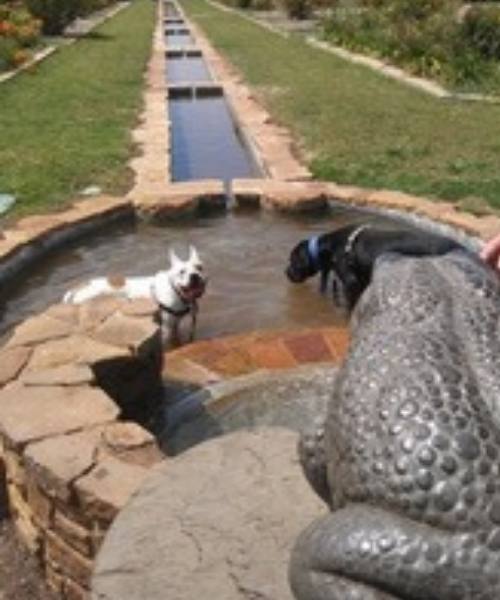
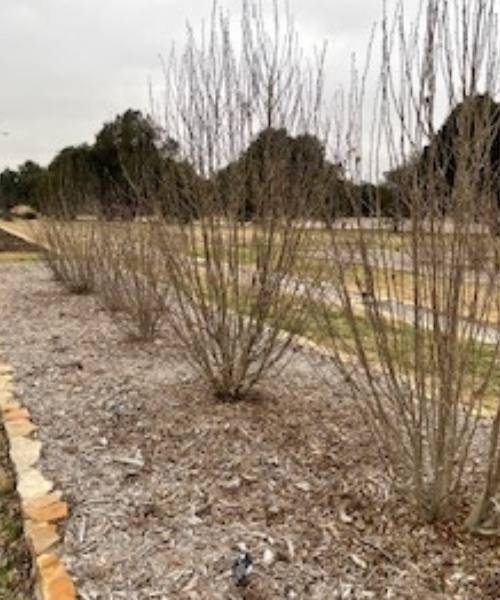
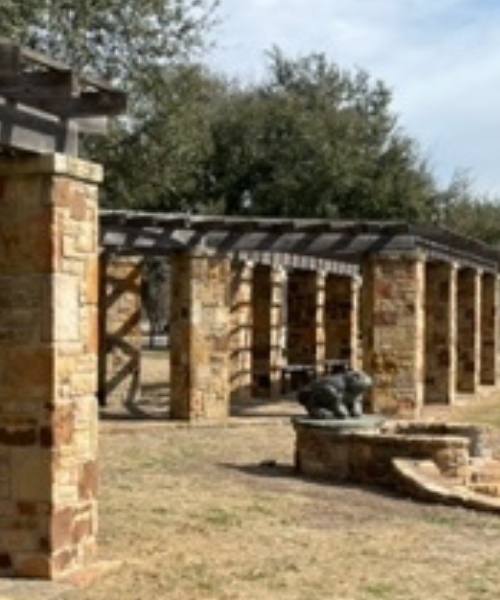
Kiest Park has persevered through all of Oak Cliff’s ups and downs. In 2002, the Friends of Oak Cliff Parks (FOCP) organized and began restoring the formal gardens at Kiest Park. Numerous plants were donated to the gardens, drip irrigation was installed, and the water rill with its fountainhead pool and frog sculpture were restored using donations from the Caine and Minyard Foundations. The pergola was rebuilt with $275,000 from a 2006 Bond Program. New pocket gardens were added that eventually were certified and registered as Monarch Butterfly Waystations.
Because the original landscape architect’s plans showed roses in the formal beds at Kiest Park, a decision was made to add an historic rose garden. Work began in 2010 to plant dozens of rose bushes purchased with donations from interested residents and grants from a variety of local non-profit organizations. After Rose Rosette disease destroyed many of the rose beds, FOCP began transitioning them to demonstration gardens that highlight alternative species of plants for Dallas. Now beds for Cestrum, Althea, Salvia, grasses, and numerous pollinator species are replacing the roses. Dallas County Master Gardeners are among the volunteers enabling this transition.
In 2017, Kiest Park was designated a Lone Star Legacy Park by the Texas Recreation and Park Society (TRAPS). Judges looked for impressive design, historic significance, and unique natural features or community relevance in deciding their 2017 awards. One of only a handful of parks in North Texas given this high honor, Kiest Park was rewarded for the special prominence it holds in the local community and the State of Texas.
Stevie Ray and Jimmie Vaughn grew up just a few blocks from Kiest Park and in 2020 a sculpture (shown in picture at top of page) to memorialize them was installed at the north end of the park. The sculpture by Basque artist Casto Solano is described as “welcoming, interactive, harmonious and energetic, friendly and optimistic” and pointing to “the essential truth that we are music and music is us.”
In 2021, the Texas Historical Commission agreed to place a historical marker at the Kiest Memorial Garden. This marker will be installed later in 2022.
Today, Kiest Park bustles with activity. The walking trail encircling the park is filled with walkers and runners, the ball fields are busy most weekends and many evenings, and the playground area is a magnet for happy little kids and picnicking families.
FOCP continues its efforts to improve Kiest Park. The historic water rill at the center of the formal gardens now needs extensive renovation. The cost is approximately $300,000, but in a city known for knocking down its history, the price tag for repairing a beautiful work of art in a historic park is well worth the price.
Efforts are underway to find funding for the repairs. FOCP is a 501(c)(3) charitable organization eligible to receive tax-deductible contributions and they have set up a committee to raise money for the water rill restoration. You can donate on their website by going to the ‘Donate’ page, selecting ‘Donate’, and entering ‘RILL’ in the box to designate a park or project. Donations by check can also be mailed to FOCP at: Friends of Oak Cliff Parks, PO Box 210124, Dallas, TX 75211.

